Articles of 2004
Jimmy McLarnin – a Champion in Boxing and in Life
A few days ago, I heard of the passing of former welterweight champion Jimmy McLarnin at the age of 96. I was terribly disappointed when most newspapers had nothing more than a throwaway line on this Hall-of-Famer who was a terrific boxer and a great, great person.
McLarnin was born in Ireland on December 19, 1906. To earn extra money for his family, he began boxing professionally as a flyweight at the age of 16. His first 10 fights, all won on decision, took place in Ireland. By the end of that first year, he realized that pro boxing was his calling, and he set sail for America. He just knew that, if he was going to become a champion, it would have to be in the United States, where boxing flourished in the Roaring Twenties.
He settled in California, which he grew to love. In his first full year in America, McLarnin fought 18 times, including three bouts in less than three months against the 1924 Olympic flyweight gold medalist and future world flyweight champion, Fidel LaBarba. McLarnin was 2-0-1 in those bouts.
The trio of bouts against LaBarba showed that McLarnin could box with the best fighters in the world in his weight class. With just two years of pro experience under his belt, at the age of 18 and with a record of 26-0-2 (a draw against Pa Moore followed the draw against LaBarba), McLarnin was ready for the world.
He suffered his first loss against future world bantamweight champion “Bud” Taylor in 1925, but rebounded with victories that same year against world flyweight champion Pancho Villa in a non-title fight and future welterweight king Jackie Fields, as well as with a win on a foul against Taylor in a rematch.
By the time he was 20, McLarnin had outgrown the bantamweight and featherweight divisions, and set his sights on the lightweight division. A strong year in 1927, in which he went unbeaten in nine bouts, plus a first-round knockout of Sid Terris in February 1928, put McLarnin—who by now was being called “Baby Face”—in line for a shot at the lightweight title, held by smooth-boxing Sammy Mandell. On May 21, 1928, McLarnin lost a close decision to the champion in New York City. One month later, McLarnin was back in the ring, knocking out Phil McGraw in the first round.
McLarnin suffered a minor setback when he was stopped in the eighth-round by Ray Miller on November 30, 1928. Today, a loss like that can be devastating. Back then, however, it was dust-yourself off and get back in the ring. And that’s exactly what McLarnin did. Six weeks later, he pounded out a 10-round decision against Joe Glick. He did even better against Glick less than two months later, knocking him out in round two.
Twenty days later, McLarnin got a chance to redeem himself against Miller, the man who had stopped him just under four months earlier. This time, it wasn’t close. McLarnin gave Miller the boxing lesson of his life in New York City, winning a 10-round decision. The New York crowd fell in love with McLarnin. New York became his boxing home.
It was there, on May 29, 1933, at the age of 26, that Jimmy McLarnin became welterweight champion of the world when he starched rock-jawed Young Corbett III in the first round.
One day short of a year later, McLarnin lost the crown to Barney Ross via 15-round decision in Long Island City, N.Y. It was the first of three successive title bouts
McLarnin had, all against Ross. In their next meeting, on September 17, 1933, McLarnin reversed the table with a 15-round decision against Ross. Then, on the anniversary of their first fight, Ross took the title back with another 15-round decision.
McLarnin ended his career in 1936 with three bouts, first losing on points, then winning a rematch against Tony Canzoneri. He walked away from boxing shortly before his 30th birthday by outpointing world lightweight champion Lou Ambers in a non-title match.
McLarnin hung up his gloves with a record of 63-11-3, including 20 knockouts.
He was voted into the Hall of Fame in 1956.
I was lucky enough to have spent time with him when I traveled to the West Coast with the USA Network and ESPN in the 1980’s, and I consider every moment of that time precious. Many others, including singer/songwriter/actor Frank Stallone could go on all day and tell you one fantastic story after another about McLarnin.
During McLarnin’s rise to stardom until the end of his career, fans would wait outside the arena for him so they could see him, talk to him, touch him and get his autograph. He never wanted to see a fan go away empty-handed or sad, and he’d stay for hours at a stretch to make sure each and every one of them went home happy. He visited hospitals, schools and shelters, giving them not only money, but much of his valuable time, as well. He cared not for publicity, but only for humanity.
Jimmy McLarnin was, in every sense of the word, a champion. He deserves more than having a throwaway line written about his death.
It’s the way he lived I’ll remember, not about how he died.
PUNCHES IN BUNCHES
The antithesis of McLarnin outside the arena is baseball Hall-of-Famers Johnny Bench and Tom Seaver, who are as nasty to their still-adoring public as McLarnin was nice to his. Seaver and Bench recently appeared at a $500-a-plate dinner in New York City. The money went to benefit Major League Baseball’s fund for its oldtimers who didn’t make the money Seaver and Bench did. Throughout the night, they both wore their Leave-Me-Alone face and scowled at anyone who dared asked them for their autograph, of all things. Some of the more pleasant former players, such as pitcher Jerry Koosman and legendary third-baseman Brooks Robinson, were actually embarrassed at the way Seaver and Bench treated the evening’s high-paying guests. Seaver and Bench may be Hall-of-Famers, world champions and all-time greats, but neither has as much class in his entire body as Jimmy McLarnin had in his little finger. It’s men like Seaver and Bench, and other conceited, full-of-themselves ex-athletes, who deserve throwaway lines.
I’m looking forward to Don King’s heavyweight card at Madison Square Garden on Saturday. These fights are sure to shake up the heavyweight ratings…I wish all of you readers out there on the Left Coast and down South could make it into New York on December 18. On that day, Ring 8 is having its annual Holiday Party in Long Island City’s Waterfront Crabhouse and is honoring four of the finest men I have known in my years in boxing. They are: Former world champion Vinny Pazienza, one-time heavyweight contender and all-around nice-guy Chuck Wepner, former light heavyweight contender Johnny Persol and manager/trainer Al Certo.
How’s This For Strange: As mentioned above, McLarnin beat world flyweight champion Pancho Villa in a non-title fight on July 4, 1925. The day before the bout, Villa mentioned having a slight toothache. Ten days after the fight, Villa died of a severe abcess in the tooth.
Hmm. Gotta’ run. I think it’s time to make an appointment with the dentist!
-
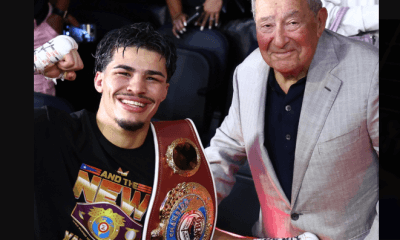
 Featured Articles3 weeks ago
Featured Articles3 weeks agoThe Hauser Report: Zayas-Garcia, Pacquiao, Usyk, and the NYSAC
-
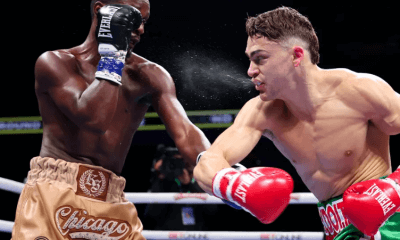
 Featured Articles2 weeks ago
Featured Articles2 weeks agoOscar Duarte and Regis Prograis Prevail on an Action-Packed Fight Card in Chicago
-
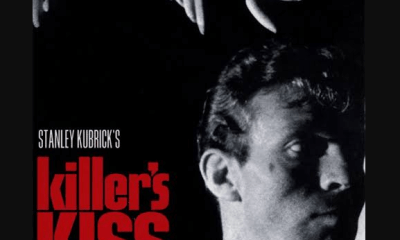
 Featured Articles2 weeks ago
Featured Articles2 weeks agoThe Hauser Report: Cinematic and Literary Notes
-
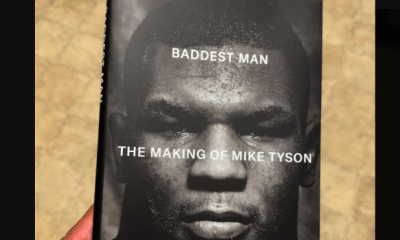
 Book Review6 days ago
Book Review6 days agoMark Kriegel’s New Book About Mike Tyson is a Must-Read
-
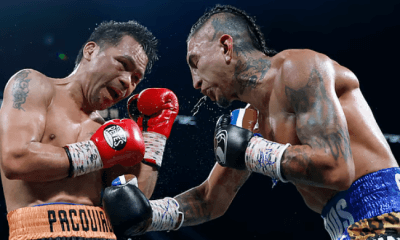
 Featured Articles4 weeks ago
Featured Articles4 weeks agoManny Pacquiao and Mario Barrios Fight to a Draw; Fundora stops Tim Tszyu
-
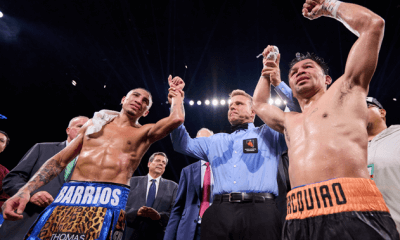
 Featured Articles4 weeks ago
Featured Articles4 weeks agoArne’s Almanac: Pacquiao-Barrios Redux
-

 Featured Articles3 weeks ago
Featured Articles3 weeks agoRemembering Dwight Muhammad Qawi (1953-2025) and his Triumphant Return to Prison
-
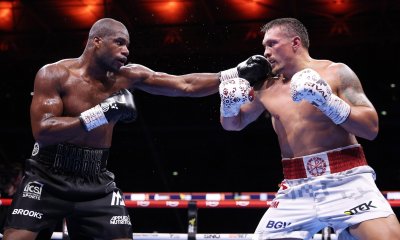
 Featured Articles4 weeks ago
Featured Articles4 weeks agoOleksandr Usyk Continues to Amaze; KOs Daniel Dubois in 5 One-Sided Rounds














